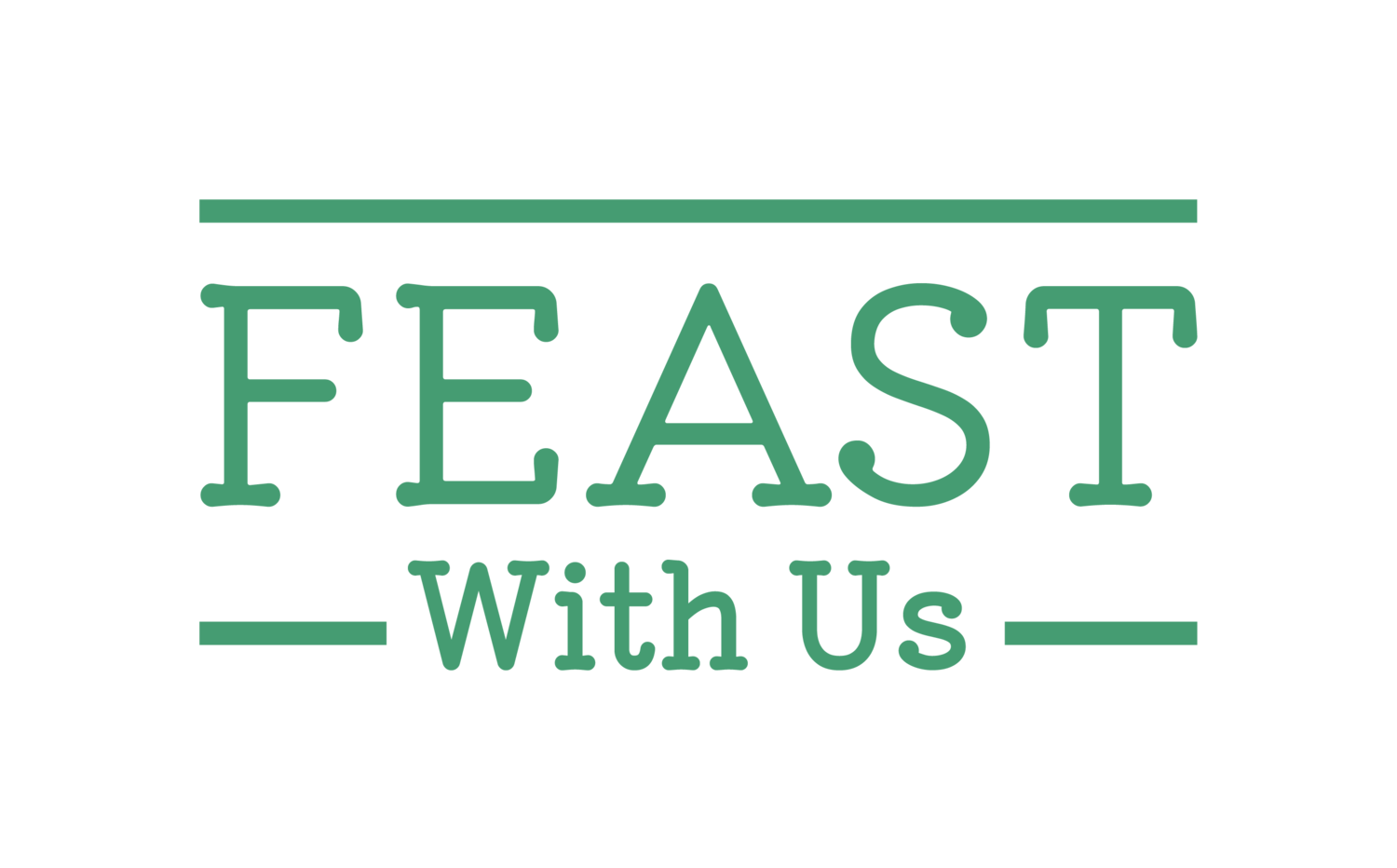London’s silent struggle against food insecurity
By Imane Babar Wahedi
In a globalised world with access to year-round food, it’s astonishing that millions still struggle with the pervasive issue of food insecurity. Food insecurity, a term not only defined by the lack of food but also by its irregular availability and uncertain access, is ironically a global concern that transcends geographical boundaries and economic status.
The World Food Programme suggested that in 2023, an average of 333 million people from 78 nations (where data is available) are facing acute levels of food insecurity, highlighting the alarming scale of this crisis. This issue is not exclusive to developing nations; even affluent countries witness pockets of food insecurity, where individuals or communities struggle to access regular nutritious and sufficient food.
In the UK alone, it was reported in June 2023 that 17% of households were suffering from food insecurity, up from 8.8% in January 2022 and 7.4% in January 2021. This alarming increase is exacerbated by the fast-paced rise in food prices since the 1970s. Despite London being a global economic hub, a significant portion of the population struggles to access sufficient, safe, and nutritious food. The unprecedented demand at the food bank and the escalating rates of food insecurity highlights a critical need for comprehensive measures to tackle the root causes of this crisis. The following are some of the key reasons that may have contributed to the food insecurity crisis across the city:
Income inequality: The contrast in income levels within London is significant, as the wealthiest tenth of the city’s residents possess nearly ten times the income of the poorest tenth. This ratio is twice as high as the income disparity observed in the rest of the UK, contributing to a lack of food access for individuals on low incomes.
Housing costs: As of June 2023, the average housing prices in London have continued to be the highest among all regions in the UK, standing at an average price of £528,000. Unfortunately, this leaves residents with limited resources to allocate to other essential needs, including food. Families and individuals who spend a significant portion of their income on housing may find it difficult to afford an adequate and balanced diet.
Employment insecurity: In the TUC Insecure Work Report 2023, it was recorded that in the UK, London has the highest proportion of people who work in insecure jobs at 13.3%. Low-wage jobs, zero-hour contracts and unstable employment are prevalent in London. Therefore,, people working in these conditions may struggle to make ends meet, leading to food insecurity.
High living costs: According to the 2023 Survey of Londoners, 75% of London's adult population consider the most pressing concern to be the cost-of-living crisis. This includes transport and utilities, contributing to financial strain for many residents. As a result, food budgets may need to be adjusted, which could lead to choosing cheaper, less nutritious options.
In addressing the multifaceted challenges contributing to food insecurity, a comprehensive approach that encompasses income equality, affordable housing, stable employment, and a reduction in the overall cost of living is imperative. It is not merely a matter of food access but also a call for broader societal changes to create a more equitable and resilient environment for all residents, irrespective of their economic status.
Join FEAST in the fight against food insecurity in London! Follow us on LinkedIn and subscribe to our monthly newsletter to stay informed and play an active role in our collective efforts to address this crisis.

